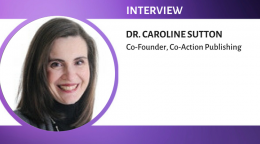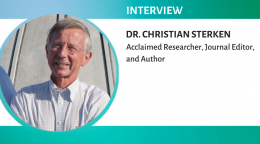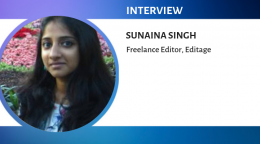Why climate change and polar research affects you and the rest of the globe!
Interview with Dr. Helle Goldman
Denmark-born, American anthropologist Helle V. Goldman is the Chief Editor of Polar Research, the international, multi-disciplinary, peer-reviewed journal of the Norwegian Polar Institute (NPI). She has been at the NPI, part of the Ministry of Climate and Environment, for 16 years. She holds an MA (1990) and PhD (1996), based on fieldwork in Zanzibar, in social anthropology from New York University. In this interview series, Dr. Goldman shares the importance of polar science as a research discipline and as an area of global development. She also highlights the international differences between authors and provides useful tips for researchers on journal selection and manuscript submission.

Denmark-born, American anthropologist Helle V. Goldman is the Chief Editor of Polar Research, the international, multi-disciplinary, peer-reviewed journal of the Norwegian Polar Institute (NPI). She has been at the NPI, part of the Ministry of Climate and Environment, for 16 years. She holds an MA (1990) and PhD (1996), based on fieldwork in Zanzibar, in social anthropology from New York University. In her free time Dr. Goldman visits Botswana, where her family has a few hectares of wilderness on the edge of the Okavango Delta. She also edits works of fiction and translates books from Norwegian to English, including Norway in the Antarctic: from conquest to modern science (by J.-G. Winther et al., published by Schibsted in 2008). She lives above the Arctic Circle, in Tromsø. (Many of her publications are available upon request. Photo credit for Goldman's picture: Ann Kristin Balton, NPI.)
In the earlier part of her interview, Dr. Goldman talked about her role as Chief Editor, that of peer reviewers, and how they together decide which papers to publish. Here she shares the importance of polar science, how to avoid mistakes during a journal submission, and what to consider when choosing a journal.
Why should someone read your journal?
People should read Polar Research – along with the other polar journals – because of the importance of polar science today. Some of the most important questions of our time – for example, questions relating to the extent to which the climate is changing and what the effects of climate change will be on ecosystems – can only be answered by research in the Arctic and Antarctic. 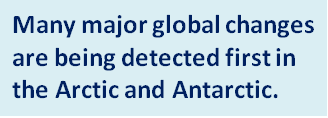 These regions are not changeless expanses of ice and snow with no connection to the rest of the planet. Rather what happens in the polar regions is intimately linked to the global environmental system. Many major global changes are being detected first in the Arctic and Antarctic. In addition, the effects of these changes in the polar regions (such as the melting of the major ice sheets, and the diminution of the sea ice on the Arctic Ocean) will have enormous impacts on the rest of the globe, including some of the most densely settled areas of human habitation. The recent International Polar Year made great headway in getting these messages home to the general public. Our natural world is changing and if you want to understand how and why, look to the oceans and look to the polar regions. It’s very exciting.
These regions are not changeless expanses of ice and snow with no connection to the rest of the planet. Rather what happens in the polar regions is intimately linked to the global environmental system. Many major global changes are being detected first in the Arctic and Antarctic. In addition, the effects of these changes in the polar regions (such as the melting of the major ice sheets, and the diminution of the sea ice on the Arctic Ocean) will have enormous impacts on the rest of the globe, including some of the most densely settled areas of human habitation. The recent International Polar Year made great headway in getting these messages home to the general public. Our natural world is changing and if you want to understand how and why, look to the oceans and look to the polar regions. It’s very exciting.
Another reason to read Polar Research is that it’s entirely free! Published in cooperation with the specialized open-access publisher, Co-Action Publishing, Polar Research is the first of the larger polar journals to become all open-access, including all the backmaterial. Readers obviously like this: in 2013 Polar Research articles were viewed or downloaded about 100,000 times. The US, Norway, China, UK and Canada were the top five countries of visitor origin.
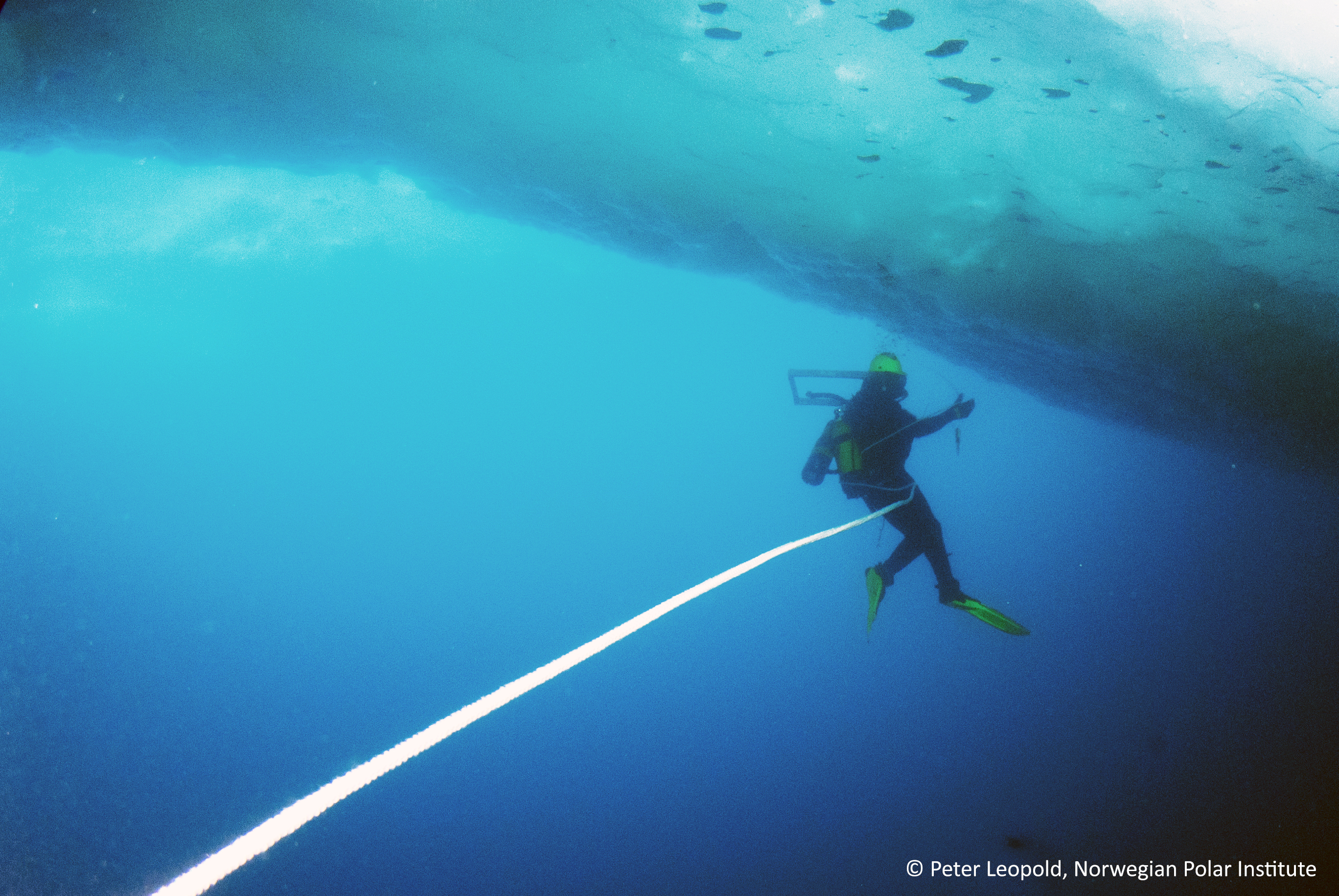

To reduce our carbon footprint, we simultaneously discontinued the print edition in 2011. That’s another good reason to feel good about reading Polar Research. I’m personally deeply sentimental about printed books and journals – the overflowing bookcases in my home (and cardboard boxes in my mom’s cellar) attest to this. I love feeling the heft of a printed journal in my hands and enjoy flipping through it and perhaps coming across an intriguing article on a topic apparently unrelated to what I’m looking for, but which may offer an unexpected insight. But carrying on with the print edition of Polar Research was just too hard to justify in today’s world, and not only for environmental reasons. Scientists are reading differently. They’re not looking at journals from cover to cover, but are instead looking online for the articles they need to help them in their work.
What advice would you give authors for choosing journals to publish in?
Familiarize yourself with the scopes of the journals you’re considering. Try to figure out how much weight they place on such factors as novelty and consider how your paper would measure up in this regard. If you want to make an impact among your colleagues, look especially at the journals that they’re reading and publishing in. If you’d like to reach a much wider audience, consider a multi-disciplinary journal that you may have not paid much attention to before. In other words, think about the readership of the journal and who you want to read your paper.
Another important consideration these days is whether you want to have your paper freely accessible to readers. Are you going to aim for an open-access journal or a traditional journal in which readers pay for access? Be aware that you may have to cough up money in the form of author fees either way. Before you submit your paper anywhere, make sure you know if there are any publishing fees involved and what they amount to. Any reputable journal will make these costs clear up front. Dodgy journals – those associated with so-called “predatory publishers” – typically promise incredibly quick publication but may not mention the fees involved until they slam you with a whopping bill at the end of the process.
Here’s another tip: every time you submit your paper to a different journal (no matter how “lowly”), be sure to reformat it in accordance with that journal’s guidelines. And – it pains me to have to say this –update your cover letter so you get the name of the journal right! Also make sure you try to redress any problems pointed out during the review at the previous journal you submitted to. If the same reviewer who critiqued your manuscript for Journal A ends up reviewing it for Journal B and she sees that you haven’t made any notable effort to fix the flaws she took the time to point out in her review for Journal A, how do you think the reviewer’s report for Journal B is going to look? Not very cheerful, that’s how.
Why should someone submit to your journal?
Researchers should submit to Polar Research, rather than to a mono-disciplinary journal, if they’re interested in sharing their findings with a broad audience of Arctic and Antarctic researchers and environmental managers.
We also offer rigorous peer review, often through several rounds of revision, which improves authors’ work. And accepted papers are carefully edited. Many contributors have written to thank us for excellent review and editorial services.

If I may, I’d like to comment here on the fact that some people seem to have the misapprehension that a journal that’s issued electronically, without a print edition, must cost peanuts to produce: researchers donate the papers; reviewers critique them for free; and the papers that pass muster are plonked into a digital layout and posted online. Easy and cheap, right? In fact, the process of taking a paper through from submission to final publication – whether in print or electronically or both – involves the efforts of many highly competent professionals, whose work must be paid for. I’ve been tempted to post “before” and “after” versions of an article online just so folks could get a sense of how much work goes on behind the scenes to bring the text and graphics of papers contributed by even well-published authors up to snuff . Readers would be very surprised and some distinguished contributors would be more than a little embarrassed. Naturally, I would never actually do anything like that. My point is that the “value added” during the peer-review, editorial and production processes is typically underappreciated. And, if done to a good standard, it costs. This is why some open-access, electronic-only journals charge publication fees.
In the final segment of this three-part series, Dr. Goldman discusses science across boundaries and international differences between authors. Be sure to read all about it!
Published on: Mar 28, 2014
Comments
You're looking to give wings to your academic career and publication journey. We like that!
Why don't we give you complete access! Create a free account and get unlimited access to all resources & a vibrant researcher community.











